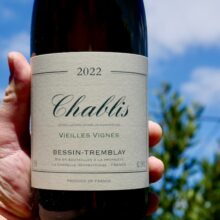
Product information
Domaine Bessin-Tremblay Chablis Vieilles Vignes 2022
$106
Description
Drawn from three hectares on the steep slopes opposite Fourchaume, Bessin’s ‘flagship’ cuvée is blended from six parcels of the domaine’s oldest village-level vines in La Chapelle-Vaupelteigne. These vines were planted between 1950 and 1974 across Kimmeridgian marl and Portlandian soils of varying exposures. The grapes were pressed as bunches and fermented with indigenous yeasts. The wine aged for 18 months in a temperature-controlled tank, with a small amount going into neutral oak. As always, it’s a richer, textural Chablis with fabulous generosity leading to super racy, pure close.
In stock
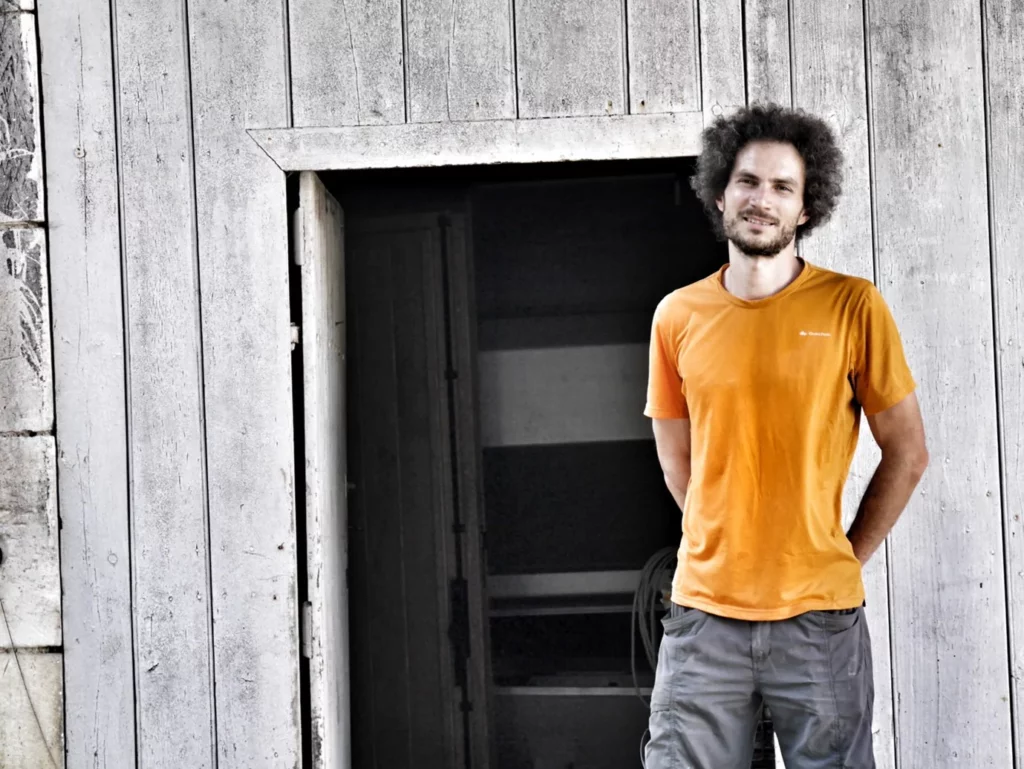



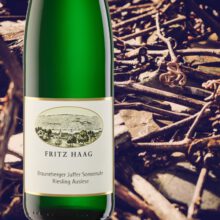
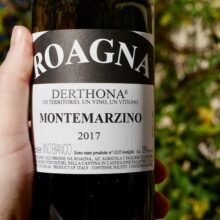
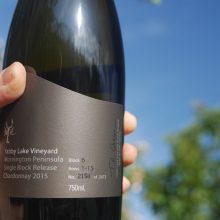
You must be logged in to post a comment.